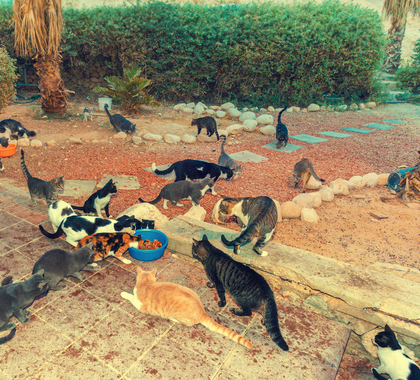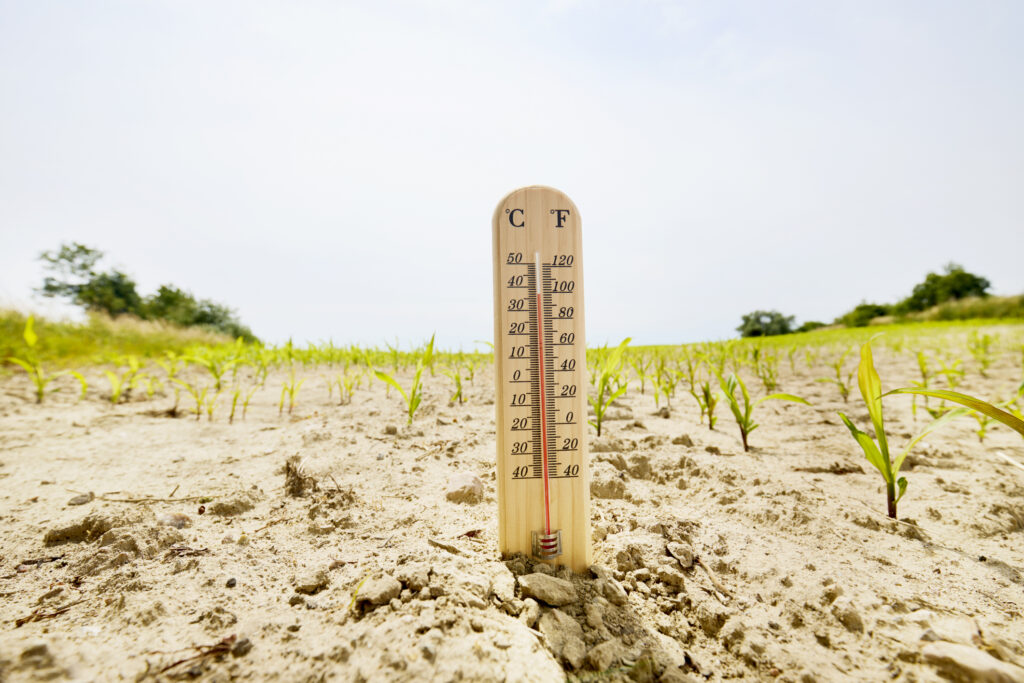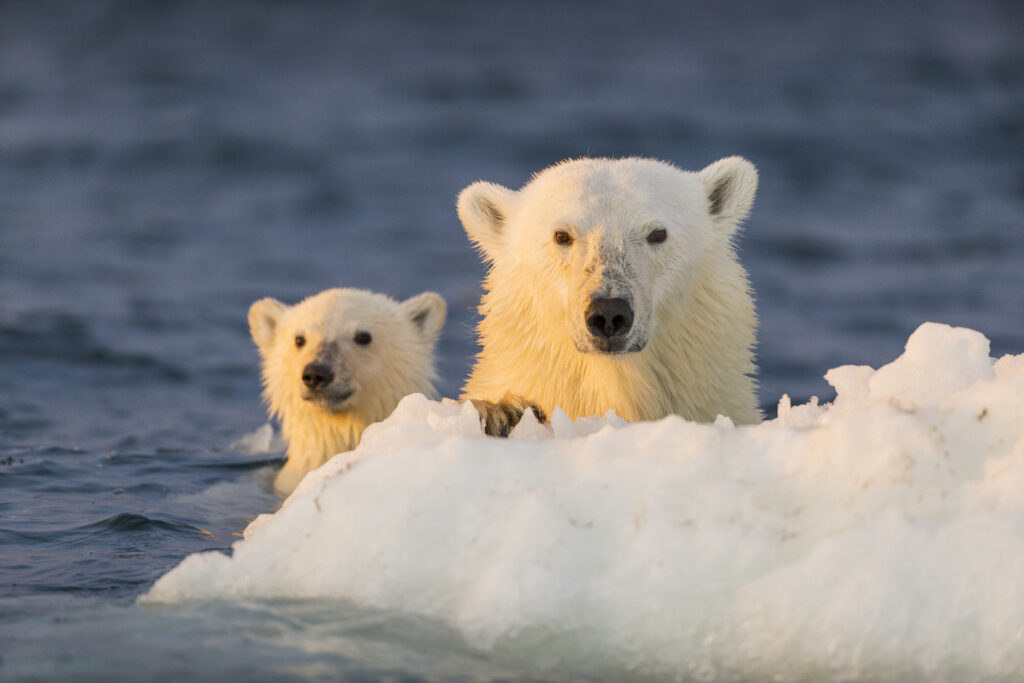Animal rights activists are pitted against wildlife conservationists in a battle over how to control the copious amounts of feces produced by the state’s large feral cat population. Federal researchers say the cat feces carries a disease decimating endangered Hawaiian monk seal populations.
An October 17 Associated Press story reports, some conservationists are calling on the state to capture and euthanize unwanted feral cats, a suggestion that has gotten the state’s animal rights community into an uproar.
“It’s a very difficult, emotional issue,” state Sen. Mike Gabbard (D-Oahu) told the AP. Gabbard, chairman of a committee that earlier this year heard and then abandoned a proposal to ban the feeding of feral cats on state lands after an outcry, noted his proposal “struck a nerve in our community.”
Cats Feces Spreading Disease
The problem stems from a parasite common in cats that can cause toxoplasmosis, a disease that killed at least five female and three male Hawaiian monk seals since 2001, according to the National Oceanic and Atmospheric Administration (NOAA).
“While eight seals may not sound like a lot of animals, it actually has pretty large ramifications for an endangered population where there’s only about 1,300 seals in existence at this point in time,” said Michelle Barbieri, veterinary medical officer for NOAA’s Hawaiian monk seal research program, in the AP story.
Cats are the only animals that shed Toxoplasma gondii eggs in their feces, which researchers say wash into the ocean where the eggs accumulate in invertebrates which monk seals feed upon..
Toxoplasmosis can infect any warm-blooded animal with the AP reporting California sea otters have died from it, and “it is also one of the major reasons the Hawaiian crow, alala, is extinct in the wild.” Although disease rarely harms people with healthy immune systems, because of the possibility of infection, doctors advise pregnant women to avoid handling kitty litter.
Native Versus Invasive Species
Although many communities’ struggle with feral cats, they are particularly problematic in Hawaii because of its sensitive, geographically-isolated, island ecosystem, and large numbers of at-risk native species. A 2015 survey by the Hawaiian Humane Society estimated upwards of 300,000 feral cats roam the island of Oahu alone.
“Everything else here- deer, sheep, goats, cats, mongoose – they’re all invasive, they’re all introduced,” Angela Amlin, NOAA’s acting Hawaiian monk seal recovery coordinator, said told the AP, adding cats have no predators in Hawaii to control their population.
“As conservationists, what we really have to look at is this is what Hawaii’s native ecosystem includes, and cats are unfortunately not part of that,” Amlin said. “When it comes to the feral cat population, there should be a program in place to bring in these animals, adopt the ones that are adoptable and humanely euthanize those that are not.”
Animal rights’ advocates disagree. In a letter opposing the state Senate bill that would have banned cat-feeding on state lands, Pamela Burns, Hawaiian Humane Society president, wrote classifying animals with labels such as native and invasive or exotic creates a “hierarchy in which the protection of certain animals comes at the suffering of others.”
H. Sterling Burnett, Ph.D. ([email protected]) is the managing editor of Environment & Climate News.





